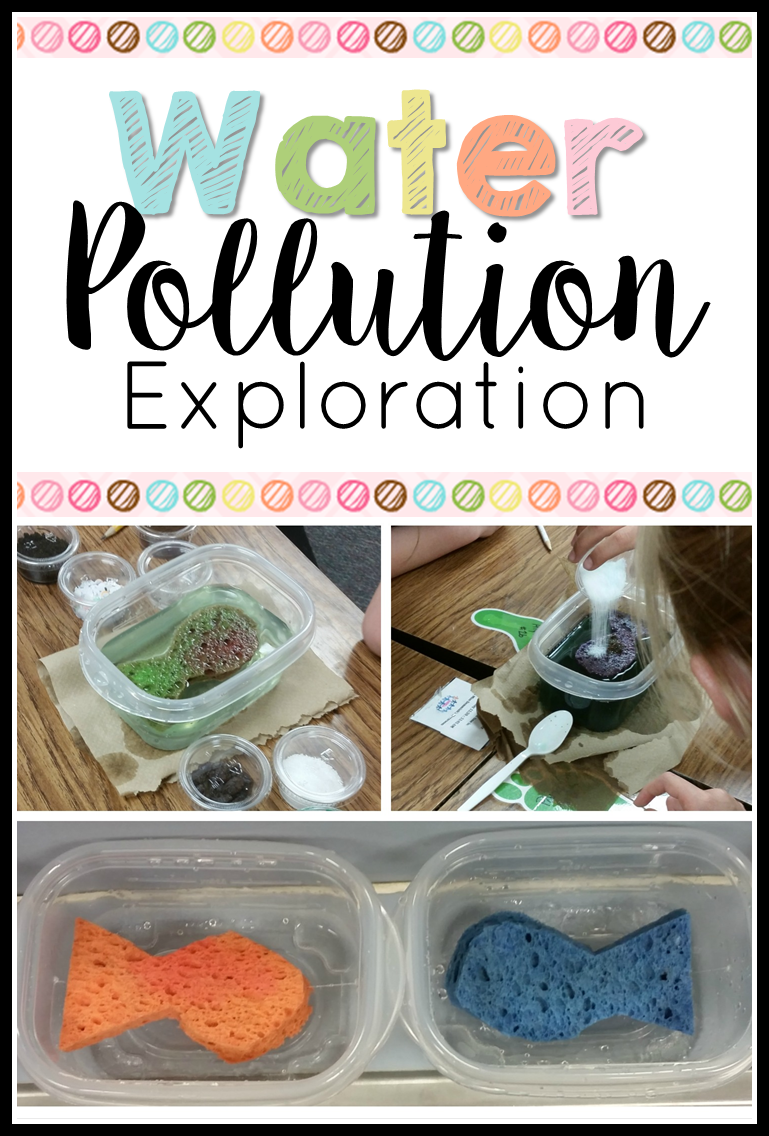Tiny Eco-Warriors: Making Waves Against Water Pollution
Imagine a group of five-year-olds, their eyes wide with wonder, carefully pouring "pollutants" (colorful craft supplies) into a miniature lake they created. This isn't just playtime; it's a powerful lesson in action. Teaching children about water pollution at a young age is like planting a seed for a greener future. It's about instilling a sense of responsibility for our planet that will blossom as they grow.
While the term "water pollution" might seem complex, the concept is simple enough for even the youngest learners to grasp. In essence, it's about things that don't belong in our water sources, making it unsafe for drinking, swimming, and for the plants and animals that rely on it.
But why is it so crucial to introduce this topic in kindergarten? Why not wait until children are older? The answer lies in the power of early learning. Just like a seed planted in fertile ground, lessons learned at a young age take root and flourish. By engaging young minds with hands-on activities and age-appropriate explanations, we can nurture a generation that is not only aware of environmental issues but also empowered to act upon them.
One of the most effective ways to teach kindergarteners about water pollution is through play-based learning. Think sensory activities like creating a mini water filtration system using sand, gravel, and cotton balls, or a visually engaging demonstration showing how oil and water don't mix. These activities not only simplify complex concepts but also transform learning into an adventure.
Another valuable approach is incorporating storytelling and art. Reading books about water pollution in an engaging way can spark conversations and encourage children to think about the consequences of our actions. Afterward, they can express their understanding through art projects, like drawing pictures of healthy rivers or designing posters encouraging others to protect our water. These creative outlets solidify the lessons learned and make them personally meaningful.
Advantages and Disadvantages of Water Pollution Activities for Kindergarten
| Advantages | Disadvantages |
|---|---|
| Introduces environmental awareness early on. | Potential for mess and spills during hands-on activities. |
| Fosters a sense of responsibility for the planet. | Limited attention spans of young children. |
| Provides opportunities for hands-on, experiential learning. | May require additional resources and preparation time for teachers. |
It's important to remember that teaching about water pollution is not about instilling fear or guilt; it's about empowering children to be part of the solution. By fostering their natural curiosity and providing them with the tools and knowledge they need, we can help them become true guardians of our planet.
Understanding medicare and aarp supplement insurance
Unlocking south african property secrets your guide to deeds office search
Magnum vodka grey goose the big bottle breakdown














